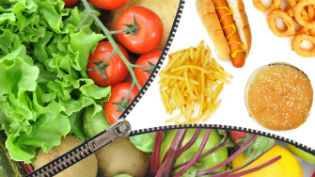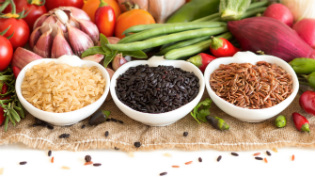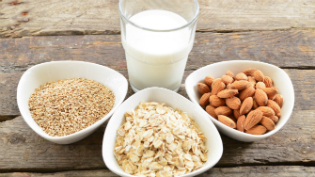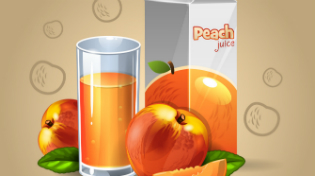
King Fruit ‘Mango’ - Basket of Myths Busted
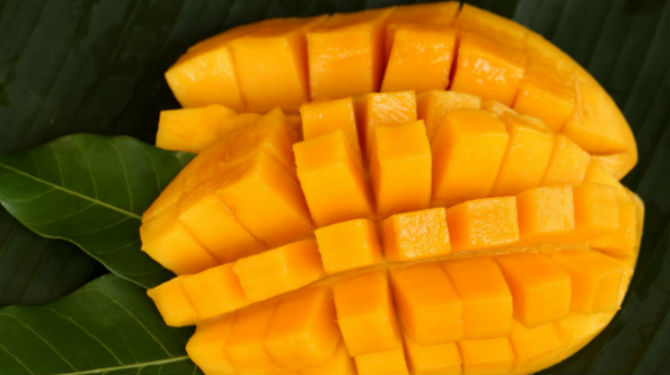
Onset of summer is marked by soaring temperatures, depleting water resources and an amazing surprise package from Mother Nature – Delicious summer fruits – Watermelons, Muskmelons, Jackfruits, Berries and most importantly king of fruits – Mangoes!
Each bite of delicious and succulent Mangoes blesses us with immense health benefits. This nutrient dense yellow fruit is rich in vitamin A, C, B6, Potassium, Magnesium, Iron, Dietary Fibre and Antioxidants. High Antioxidant and nutrient content in Mangoes provide multiple health benefit such as protection against cancers, prevention of constipation, enhanced digestion, curing anemia, promoting brain and eye health, boosting immunity, cleansing skin etc. It also has high amount of soluble fiber pectin that helps in lowering blood cholesterol levels.
But this king of fruit is often criticized as a culprit for weight gain and elevated blood sugar levels in diabetics.
The most common myth about Mangoes is that it is fattening and hence should be avoided by obese people. But in fact it is the portion size that matters. Consuming in moderation with controlled portion size won’t cause excess weight gain. Eating ½ Mango slices is preferable over Mango pulp or aamras. 1 medium cup Aamras made from a whole Mango, richer in calories compared to other fruits, would increase calorie load, putting you on heavier side.
Another myth - Mango tops the list of ‘forbidden foods’ for diabetics as it soars blood sugar levels. the fact is that the blood glucose levels are affected more by the amount of carbohydrates consumed – a small serving of mango or any other fruit will gradually raise blood sugar level as compared to a large serving size.
General diabetes dietary guidelines define one serving of fruit as one that provides approximately 15 grams of carbohydrates. Consuming ½ cup or ½ small size Mango provides 15 gms of carbohydrates which is equivalent to the following 1:
- 1 small Apple
- 1 Orange
- 1 cup Papaya cubes
- 1 ¼ cup Watermelon cubes
- 1 small size Chapatti
- 1/3 rd cup cooked rice
So if a diabetic wants to eat Mango, one can have it by counter balancing with other foods from the above exchange list. For example, if you want to have ½ cup of Mango pieces, then cut down on 1/3 cup of rice or 1 chapatti to balance out the carbohydrates.
Mangoes can be consumed best as snack in form of milkshake without any sugar added or just as plain fruit rather than having along with meal.
Mangoes are categorized as fruit having medium Glycemic Index (GI) and Glycemic Load (GL). GI determines how fast and how high a particular food can raise blood sugar level after eating it. The GL takes in to account food’s carbohydrate content and its GI, to give a more accurate estimate of how much it will affect blood sugar level. Lower the GI or GL of a food, less it impacts the Blood sugar level. Restricted consumption of medium GI & GL foods is recommended.
Moderation is the key word! Mangoes need not be avoided in diabetes or obesity, but what matters are the amounts consumed and its frequency. Enjoy guilt free eating!
Ref:
1. Choose Your Foods: Exchange Lists for Diabetes American Dietetic Association and American Diabetes Association, 2008 http://dtc.ucsf.edu/pdfs/FoodLists.pdf


